Dear Creators, we are proud to announce an amazing affiliate program for you to earn some serious and continual cash. Read about our affiliate progarm here.
Caros criadores, temos o orgulho de anunciar um incrível programa de afiliados para vocês ganharem muito dinheiro de forma contínua. Leia sobre nosso programa de afiliados aqui.
Charcoal pit Gropmila
As a blacksmith I am always in need of quality coal. But the charcoal for sale around here is not of high quality. It crumbles into little flakes and don’t really heat the metal the way I prefer. I decided to make a batch of spruce coal myself. They say it burns quicker, releasing more energy in a shorter period of time, and that they ash in a better way. The Swedish Järnverk of old, are said to have preferred spruce coal. <br> <br>I have made coal before but never in the ground like this. I have no idea where I learned about the method, I could find no videos and almost no information about it on the internet. But as far as I remember someone during my childhood (perhaps at a boy scouts camp?), told me about the oldest known way of making charcoal, the Viking coal. It is called gropmila, and I assume it translates into English as charcoal pit. But googling that word gave me a load of less efficient char coaling methods. In a gropmila there is only fire in the beginning. The fire is strangled and air flow in and out controlled, that way wood is coaling in low temperature, making the end product comparably hard and heavy. <br> <br>It took me some time to dig the hole and cut the wood, but then the first and largest batch of coal, about 350 liters, took only half a day to make. About half the wood I put in turned into coal but I was not satisfied, and put the uncoaled wood back in with some more. The second time around I kept it on a lower temperature and left it with the air-in fully open and air-out fully closed after about 12 hours of slow coaling. It did not give a better result. <br> <br>The best result was achieved when the fire was pretty large to begin with, air-in fully open and air-out half open. The trick is to feel the smoke. It is supposed to be around 70 ˚C, warm enough to burn your hand, but only if keeping the hand in the smoke for a few seconds. An immediate burn means it is too hot, no burn say it is too cold. Burning hot and less thick, almost transparent smoke, means there is fire in the pit which is to be avoided. <br> <br>I put some time stamps on the video but not much more. If you are interested in knowing more of the process, I would be happy to elaborate on it in the comments below. But you know as well as I do that the only way of knowing is to try it out yourself. Good luck. <br> <br>Gustav Thane


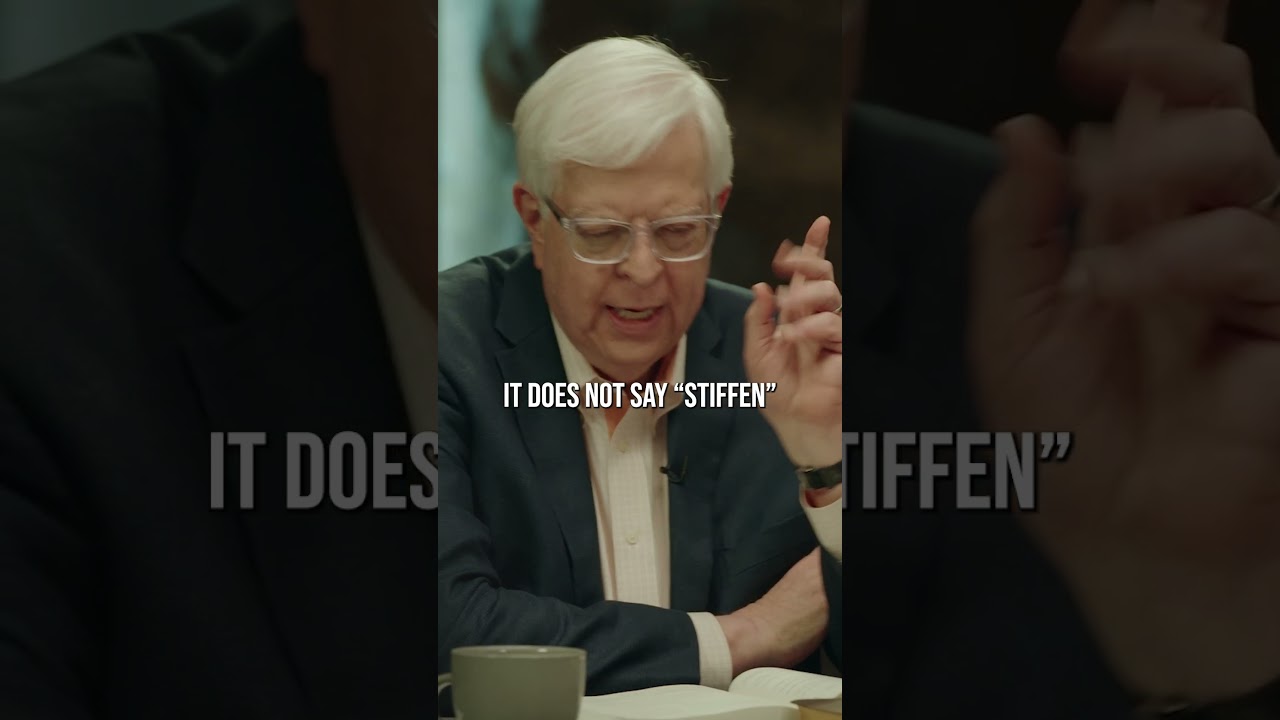
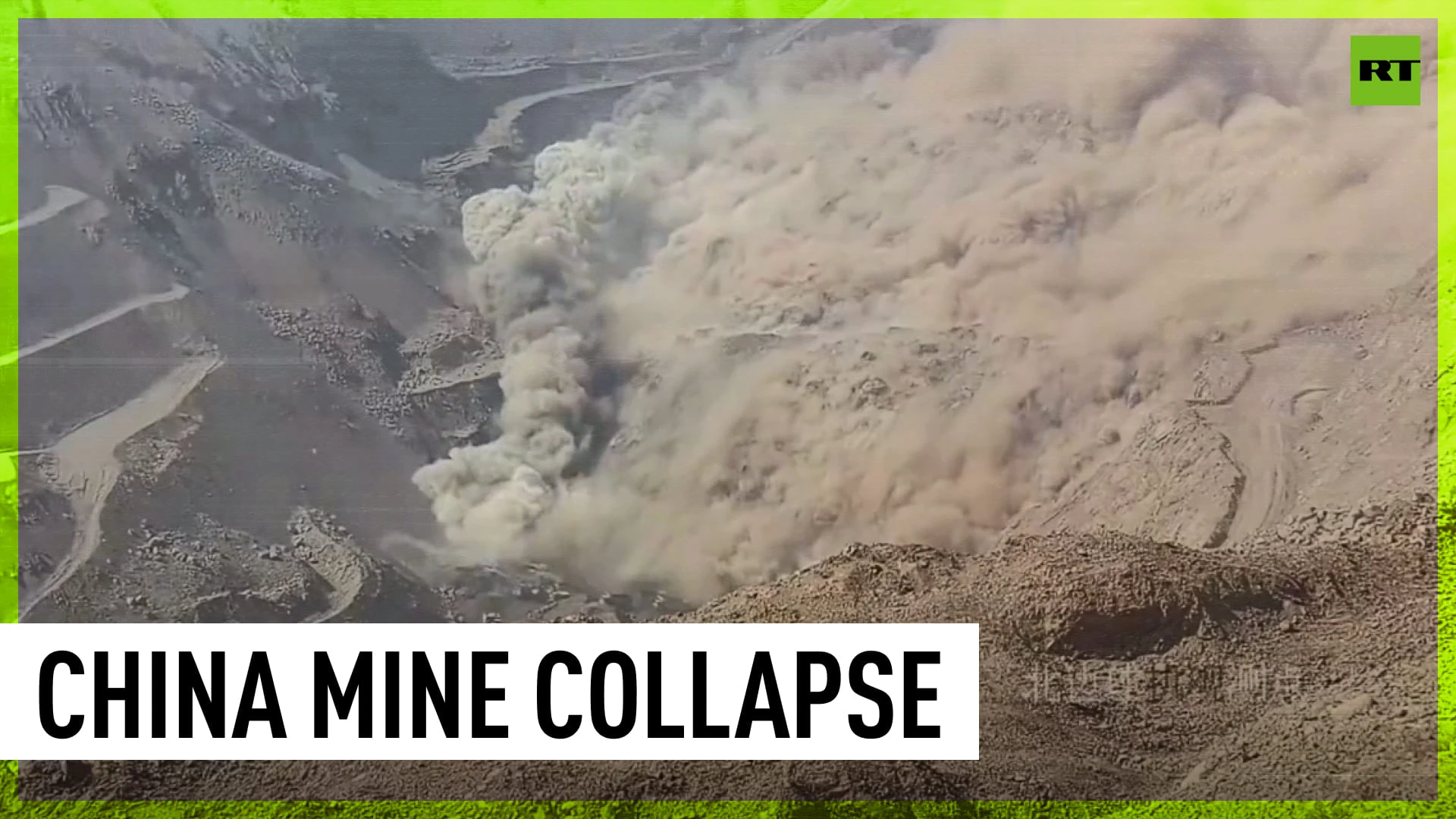
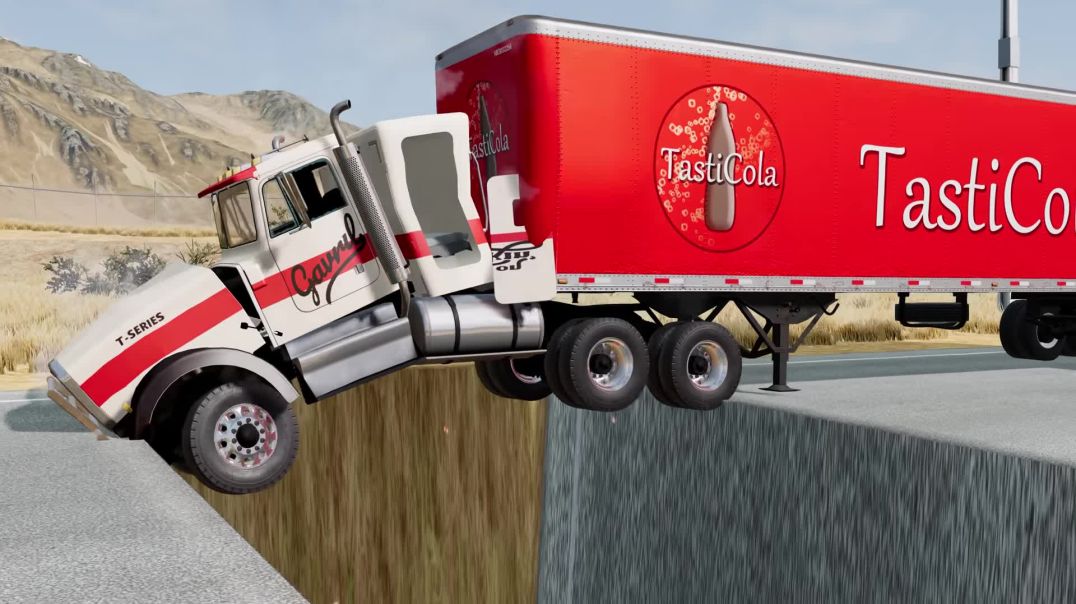


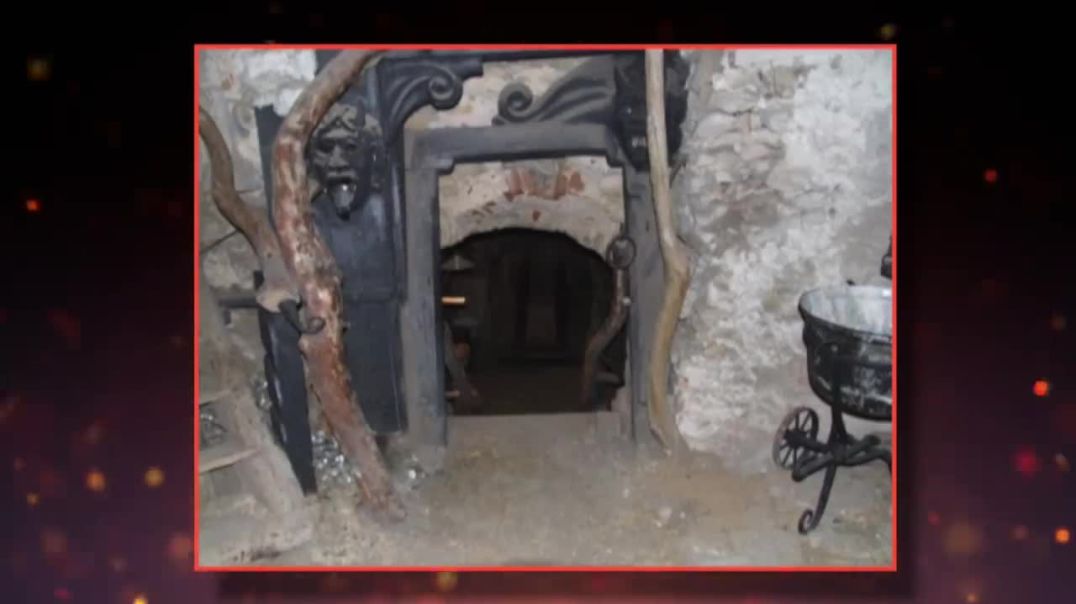



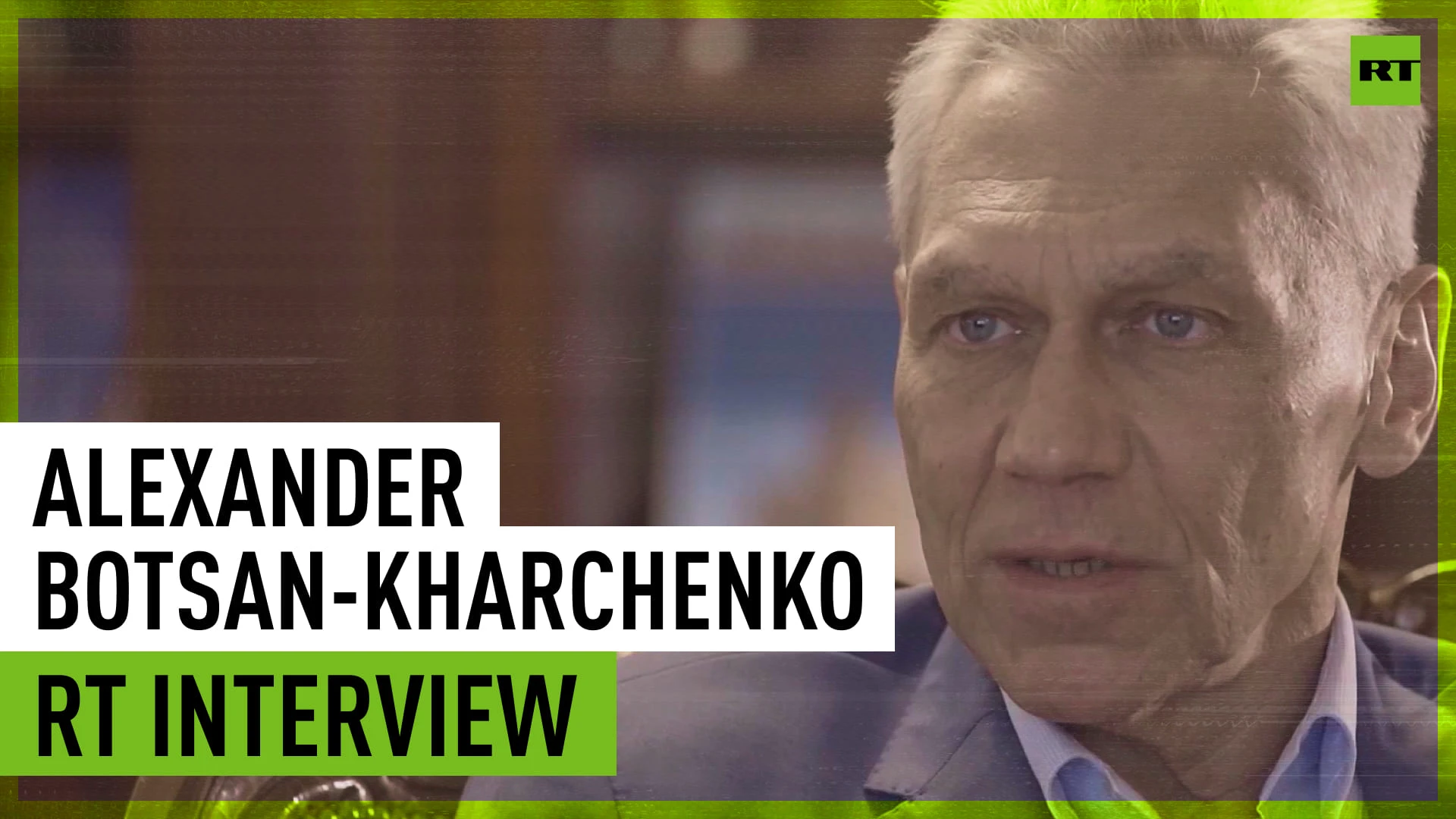
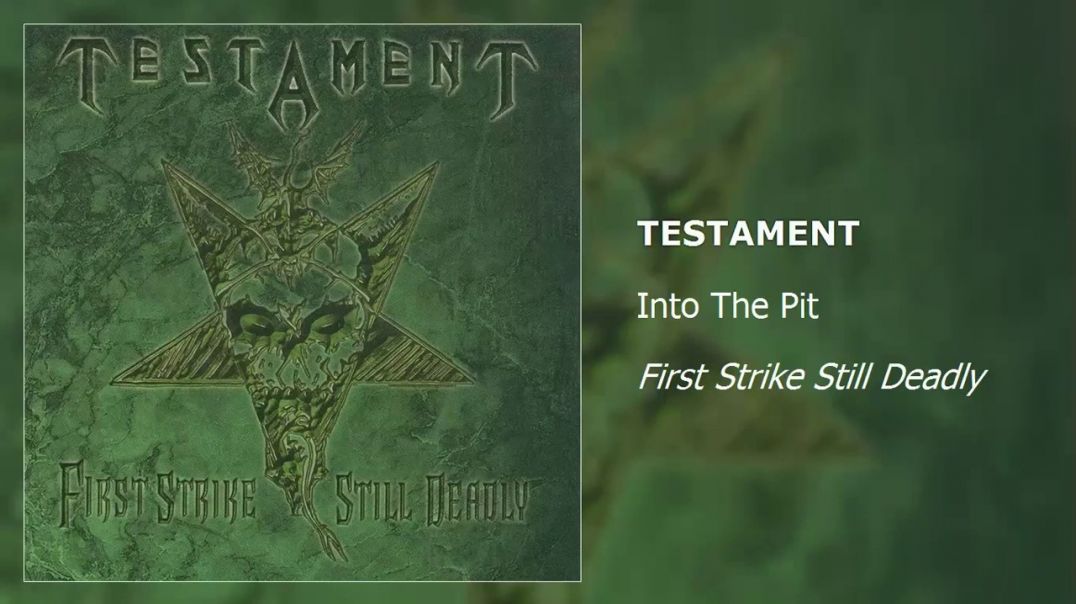

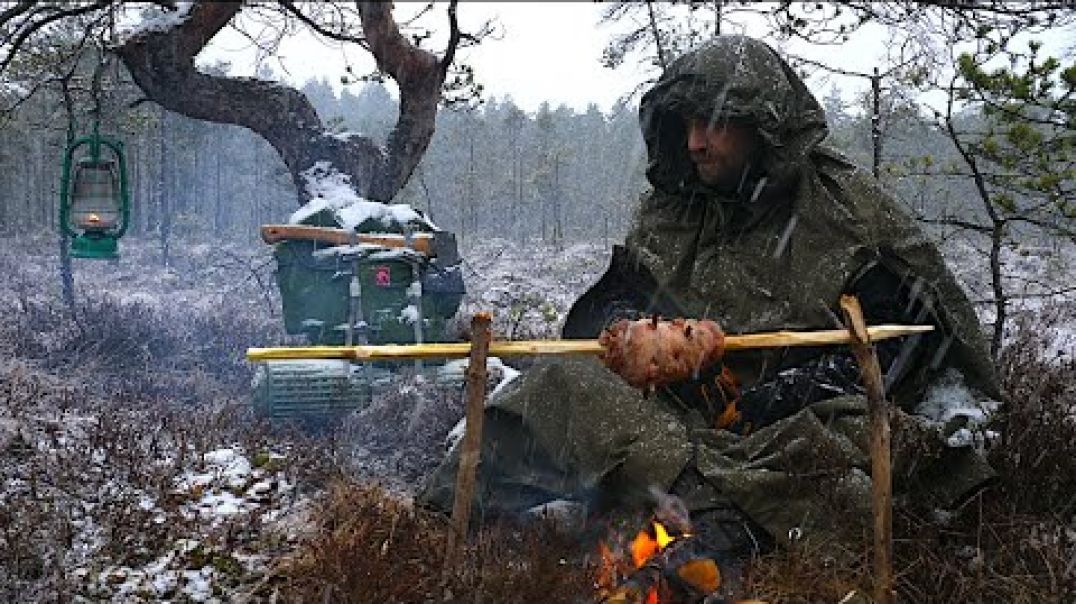
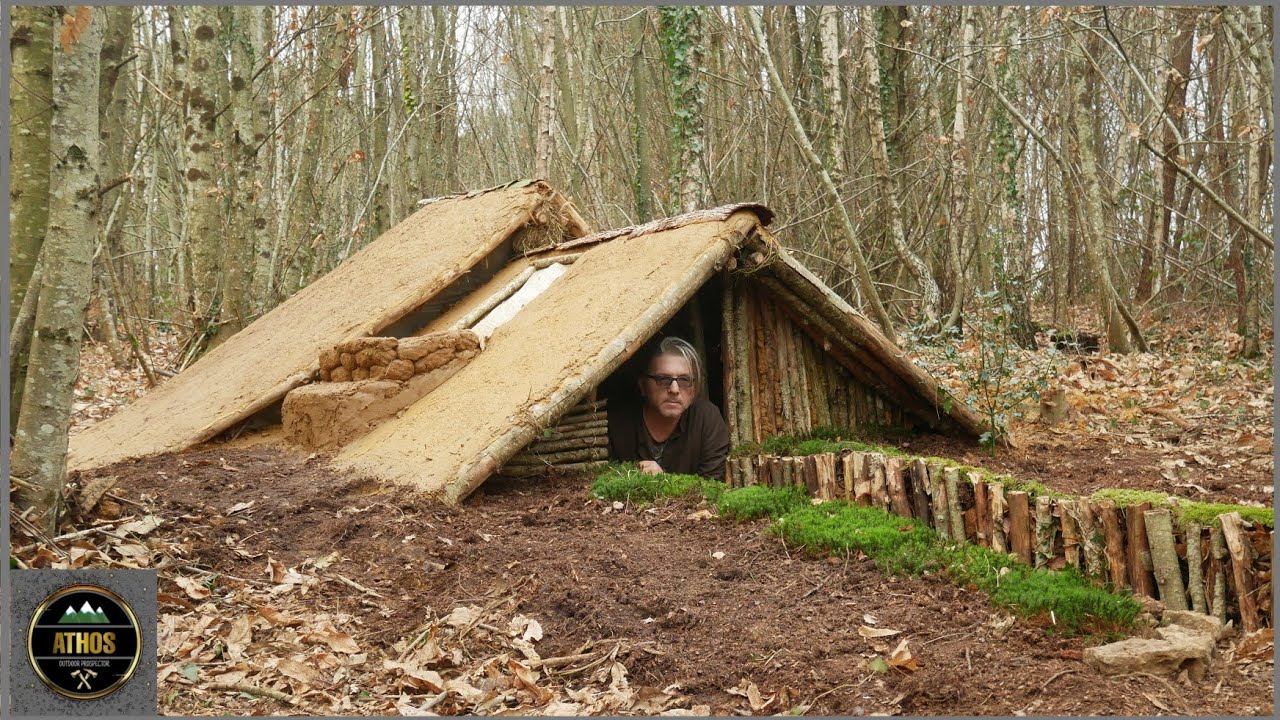



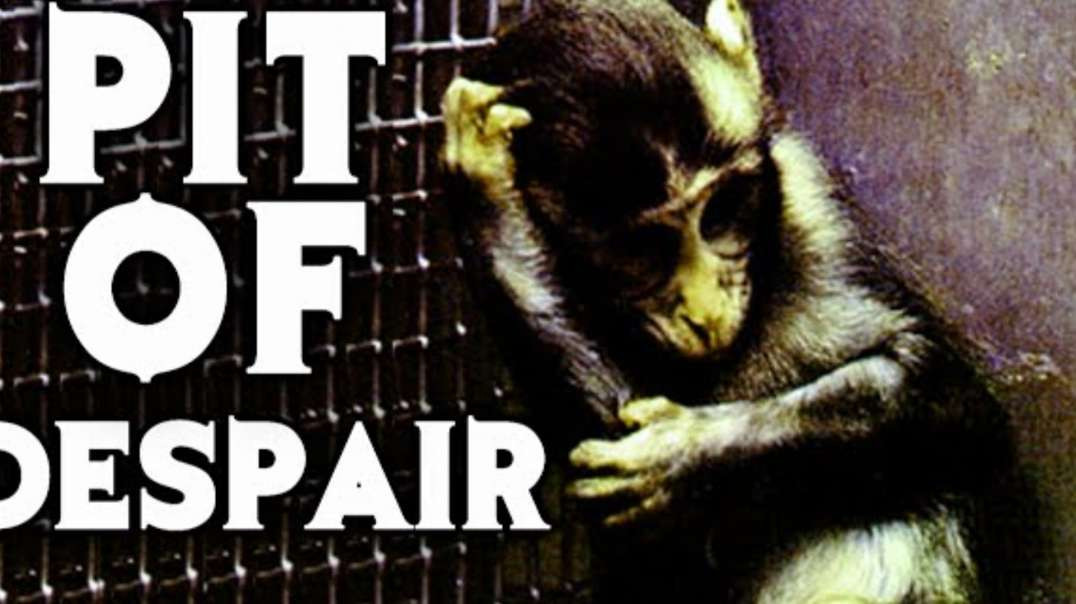



SORT BY-
Top Comments
-
Latest comments